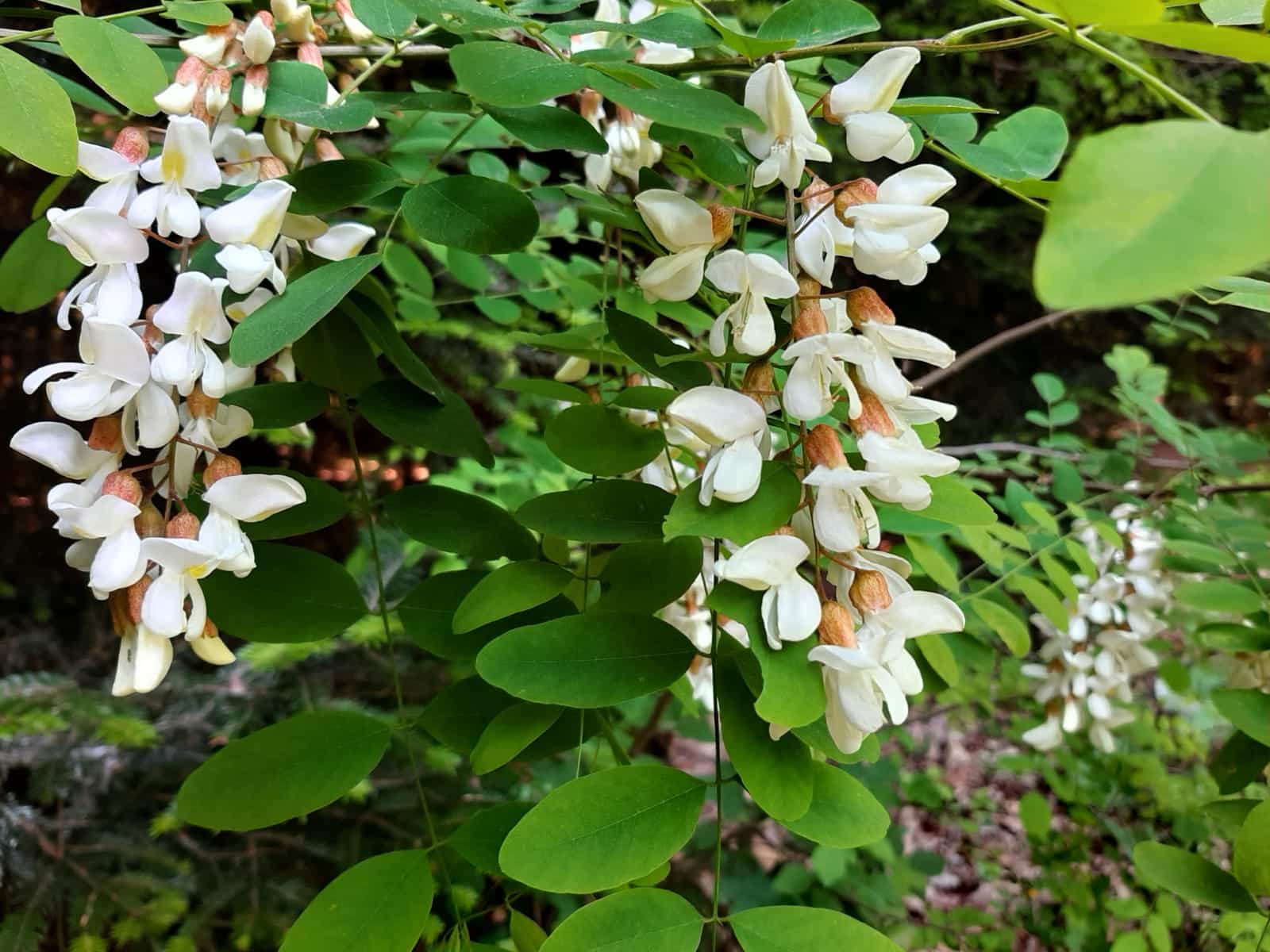New invader endangers the most species-rich habitats in the Gesäuse National Park
The Gesäuse National Park, Styria's only national park and its largest area where nature can develop freely, is increasingly under threat. Threatened by often inconspicuous but insidious plants - the invasive neophytes. Last year, black locust also appeared in the Gesaeuse National Park for the first time.
The robinia is a representative of very proliferating plants and thus one that is capable of endangering native biodiversity. We have a court gardener of the French kings to thank for this tree, who brought it from North America to Paris in 1601. From there it began its conquest of the whole of Europe. This has led to the fact that every fifth tree in Hungary is now a Robinia.
Last year, black locust now also appeared in the Gesäuse National Park. This means that it is no longer "only" the knapweed, goldenrod, annual knapweed and Japanese knotweed that have to be controlled, but also the invading robinia. Actually, this tree is a handsome plant and was originally planted as an ornamental. But the ecological consequences of black locust overgrowth are irreversible. "Robinia is a legume," explains Magdalena Kaltenbrunner, specialist assistant in the Nature Conservation and Research Department of the Gesäuse National Park. "It has the ability to accumulate nitrogen from the air in the soil via its roots and thus practically overfertilise it." This overfertilisation endangers above all the valuable, rare and very species-rich rough grassland sites in the Gesäuse National Park. Due to the higher nitrogen content, very many species would very quickly disappear from the area forever. The incredibly fast spreading speed, both via seeds that remain germinable in the soil for over 10 years and via the countless root shoots, is also a problem. Cutting down the mother tree only increases the growth of the root shoots even more.
Therefore, a special technique becomes necessary: In the first year, the bark of the trunk is removed in a strip about 20 cm high, so that only a narrow ridge remains. This means that water and nutrients can no longer circulate well and the tree slowly dies. In the second year, the ridge can be removed, and as soon as it is completely dead, the entire tree can be removed. This is a very time-consuming procedure that can easily be prevented by not planting black locust trees in home gardens or by taking care that no new plants establish themselves.
"Not all alien species bring such problems", Kaltenbrunner specifies, "Many brought great benefits to people in Europe. Tomatoes, maize and potatoes are among them. But there are also those that cause problems through uncontrolled spread, but also because of their harmful properties. And these should be kept in check not only in the national park, but as far as possible everywhere."
Enquiry notice:
Magdalena Kaltenbrunner, Tel: 0664-82 52 310
